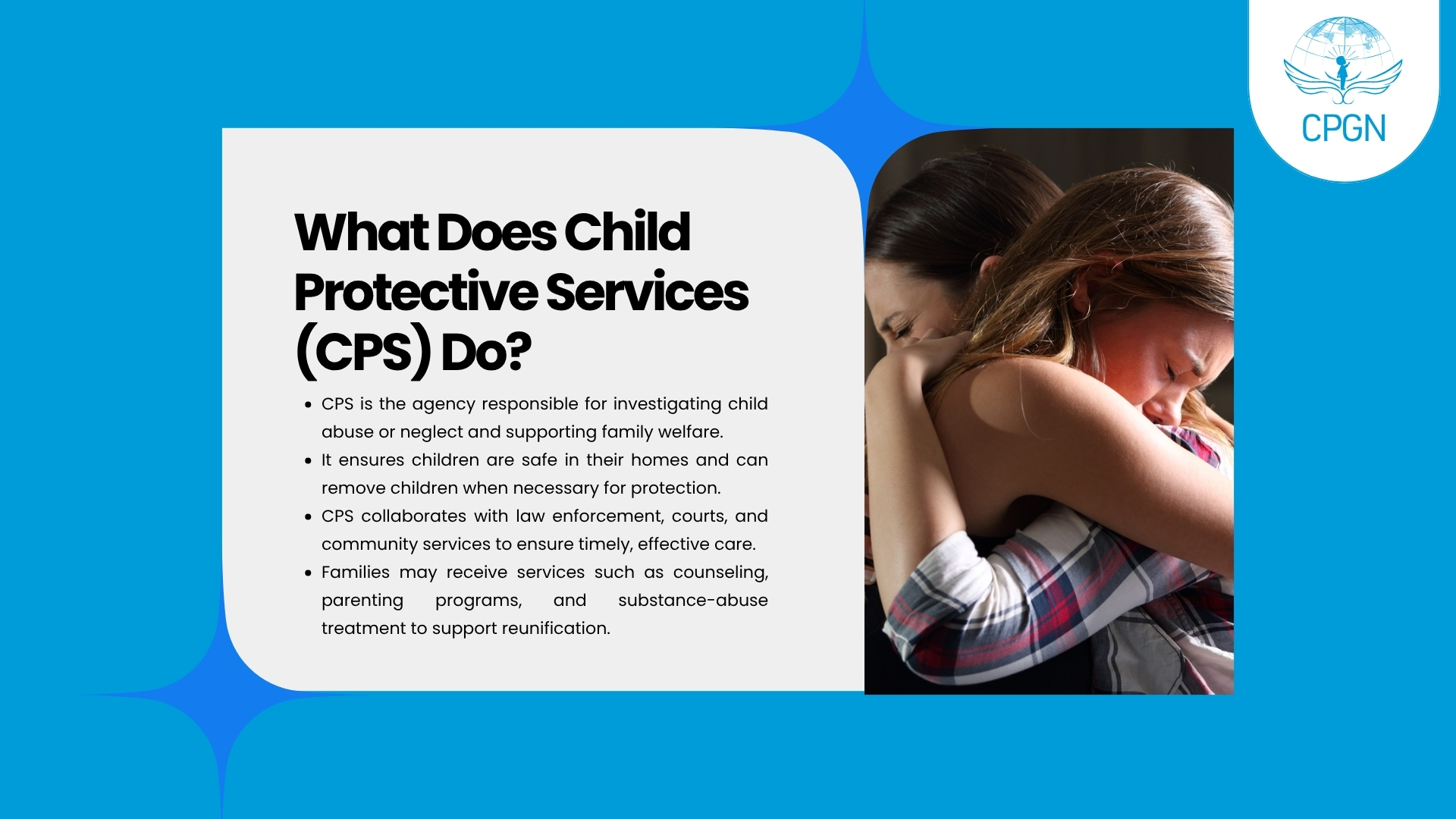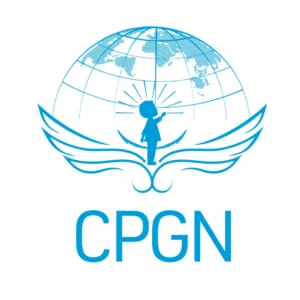What Does Child Protective Services (CPS) Do? | CPGN
Learn about Child Protective Services (CPS), its role in investigating abuse, supporting families, and protecting children. Understand CPS laws and how CPGN advocates for child safety.

Every child has the right to grow up in a safe, nurturing environment where they feel protected and loved. But when a child faces neglect or abuse, a critical intervention is needed to safeguard their well-being. This is where Child Protective Services (CPS) steps in. CPS plays an essential role in protecting vulnerable children, investigating reports of abuse or neglect, and supporting families through difficult times.
With so much at stake, it’s important to understand what CPS is, how it works, and how it helps protect children. In this post, we’ll dive into the key responsibilities of CPS, the investigation process, and how it collaborates with other agencies to ensure children’s safety.
Quick Summary:
- CPS is the agency responsible for investigating child abuse or neglect and supporting family welfare.
- It ensures children are safe in their homes and can remove children when necessary for protection.
- CPS collaborates with law enforcement, courts, and community services to ensure timely, effective care.
- Families may receive services such as counseling, parenting programs, and substance-abuse treatment to support reunification.
What Is Child Protective Services (CPS)?
Child Protective Services (CPS) refers to the government agencies responsible for ensuring that children are safe from abuse and neglect. CPS operates at the local or state level and works to protect children from harm by investigating reports of abuse, assessing the safety of children’s environments, and taking necessary action to keep them safe.
In the United States, CPS is part of social services, child welfare, or human services departments and often works with law enforcement, health professionals, and community organizations. The agency’s goal is not only to remove children from dangerous situations but also to support families, helping them create safer environments whenever possible.
CPS follows a child-friendly, collaborative approach, bringing together multiple agencies to assess risks and provide services. While CPS is common in the U.S., similar systems exist worldwide, such as the Barnahús model in Europe, which offers a multidisciplinary approach to child protection.
Learn more about child safety and prevention: Teaching Children About Body Safety.
The Role and Responsibilities of CPS
CPS has several core functions that help ensure children are protected, supported, and given opportunities for a safe, healthy life. Here’s a breakdown of what CPS does:
1. Receive Reports of Suspected Abuse
CPS acts as the first point of contact for anyone who suspects child abuse or neglect. Mandated reporters, such as teachers, doctors, and social workers, are required by law to report any signs of maltreatment. Concerned family members, neighbors, and the general public can also reach out to CPS if they notice potential signs of abuse.
2. Investigate and Assess Reports
When CPS receives a report, an investigation begins. The agency assesses the risk to the child, determines whether abuse or neglect has occurred, and evaluates the safety of the child’s home environment. Investigations may include home visits, interviews with the child and family, and consulting medical professionals or law enforcement if necessary.
3. Provide Family Support Services
CPS works with families to improve the child’s living conditions. Services such as parenting classes, mental health counseling, and substance abuse treatment are provided to help families overcome challenges and ensure children’s safety. The goal is always to keep children safely at home whenever possible.
4. Remove Children if Necessary
If the child’s home is deemed unsafe and the risk of harm is too high, CPS may remove the child from the home. This is often a last resort, and CPS works hard to find alternative care options, such as foster care or kinship care (care with relatives). Efforts are then made to reunify the child with the family when it is safe to do so. In cases where reunification is not possible, CPS works to secure permanent alternative care, such as adoption.
5. Work with the Court System
In some situations, CPS must seek the courts’ involvement to ensure a child’s safety. This can include petitions for protective custody, dependency hearings, or court-supervised care. CPS must follow legal guidelines and ensure that children’s and parents’ rights are respected throughout the process.
How CPS Investigations Work
Step-by-Step Process of CPS Investigation
When CPS receives a report of suspected abuse or neglect, an investigation begins. While each state may have its own specific procedures, the general steps are as follows:
- Report Received: A report of abuse or neglect is made to CPS by a mandated reporter or a concerned person.
- Assessment: CPS screens the report to determine whether it meets the criteria for investigation. If necessary, a CPS worker will visit the child’s home and interview the child, parents, and other relevant individuals.
- Decision: After gathering all necessary information, CPS will decide whether to substantiate the report (prove abuse) or unsubstantiate (insufficient evidence). If abuse is found, CPS will either offer services to the family or arrange for removal if the child’s safety is at risk.
Support and Services Provided by CPS
When CPS intervenes, the primary goal is to support families in keeping children safe. CPS provides various services to families, such as:
- Counseling: Therapy for children and families to work through trauma and emotional challenges.
- Parenting Classes: Help parents develop better child-rearing skills and manage challenges effectively.
- Foster Care: In cases where a child cannot remain with their biological parents, CPS coordinates foster care placements.
- Reunification Services: CPS works to safely reunify children with their families whenever possible, ensuring the home environment is safe and nurturing.
Understanding CPS Laws and Rights
CPS operates within a legal framework designed to protect both children and parents. Key CPS laws and rights include:
- Due Process: Parents have the right to a hearing and legal representation if their children are at risk of being removed.
- Confidentiality: CPS investigations are generally confidential, with information shared only with those who need to know, such as law enforcement and courts.
- Right to Services: Families are entitled to be offered support services (e.g., parenting, therapy) to help ensure the child’s safety and well-being.
How CPGN Supports Child Protection Awareness

At CPGN, we are committed to advocating for children’s safety and well-being. We provide resources and raise awareness about the importance of child protection systems like CPS. Our mission is to promote global advocacy, education, and prevention strategies that help protect children and support families in need.
To learn more about how CPGN is working towards child protection, visit our Community Impact page.
Final Thoughts
Child Protective Services (CPS) plays a critical role in ensuring the safety and welfare of children. By investigating reports of abuse, providing family support, and working with other agencies, CPS helps create safe environments for children to grow and thrive. If you or someone you know is facing child protection challenges, it’s important to reach out for help and know your rights.
Join CPGN in supporting efforts for child safety and well-being. Together, we can help ensure every child grows up in a safe, nurturing environment.
FAQs
CPS stands for Child Protective Services, an agency responsible for ensuring child safety by investigating abuse and neglect.
CPS investigates the report, assesses the child's safety, and either provides support services or removes the child if necessary.
CPS offers support like parenting classes, therapy, and foster care to ensure children are safe and help families improve.
Mark Schwartz
Our goal is to ensure the safety and protection of every child until it is achieved. Our goal is to support communities in protecting the future of children and promoting their welfare.
Quick Links

Our goal is to ensure the safety and protection of every child until it is achieved. Our goal is to support communities in protecting the future of children and promoting their welfare.
Quick Links
Copyright © 2025 CPGN. All rights reserved by Majnate LLP | Privacy Policy | Terms and Conditions
